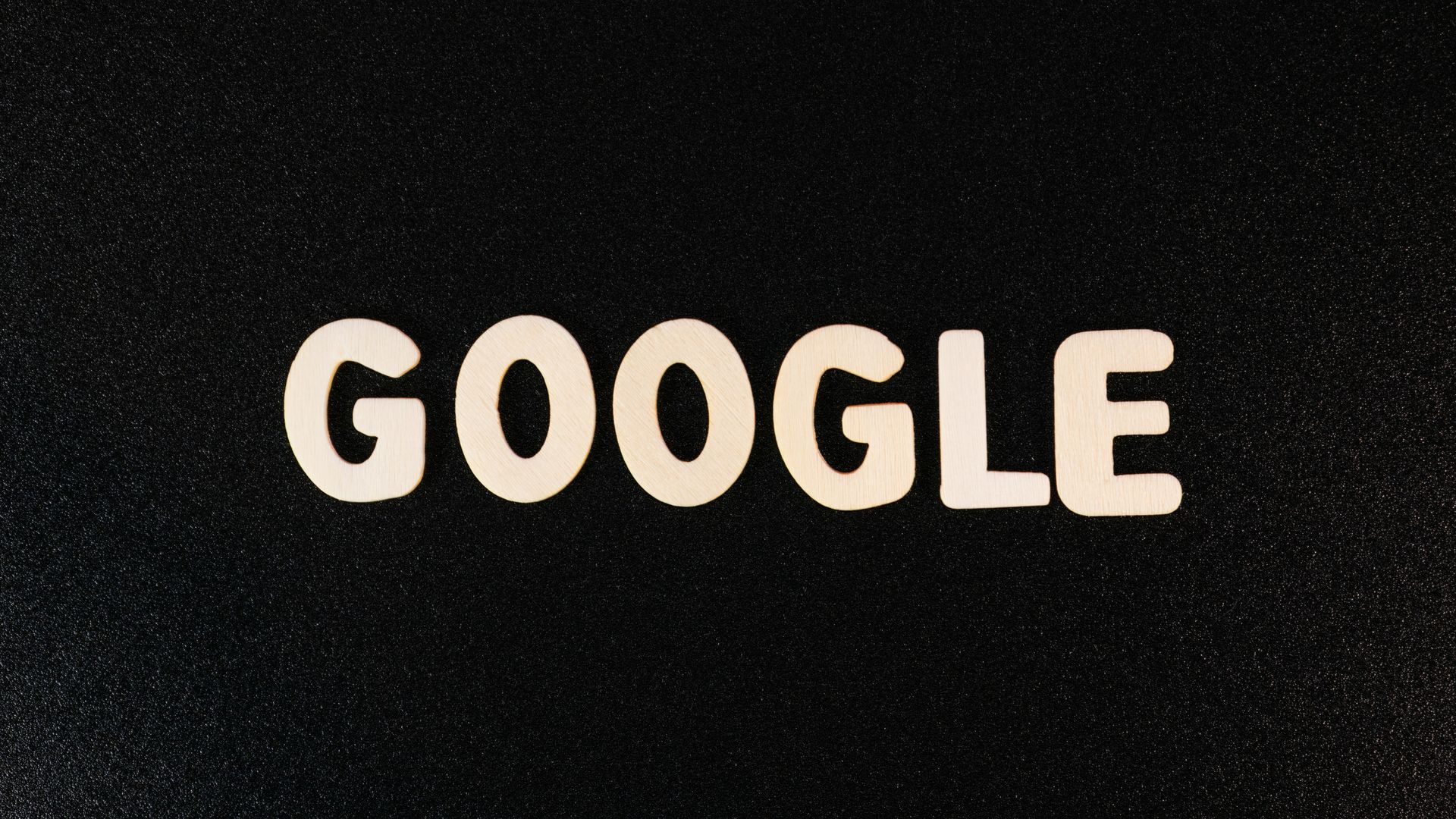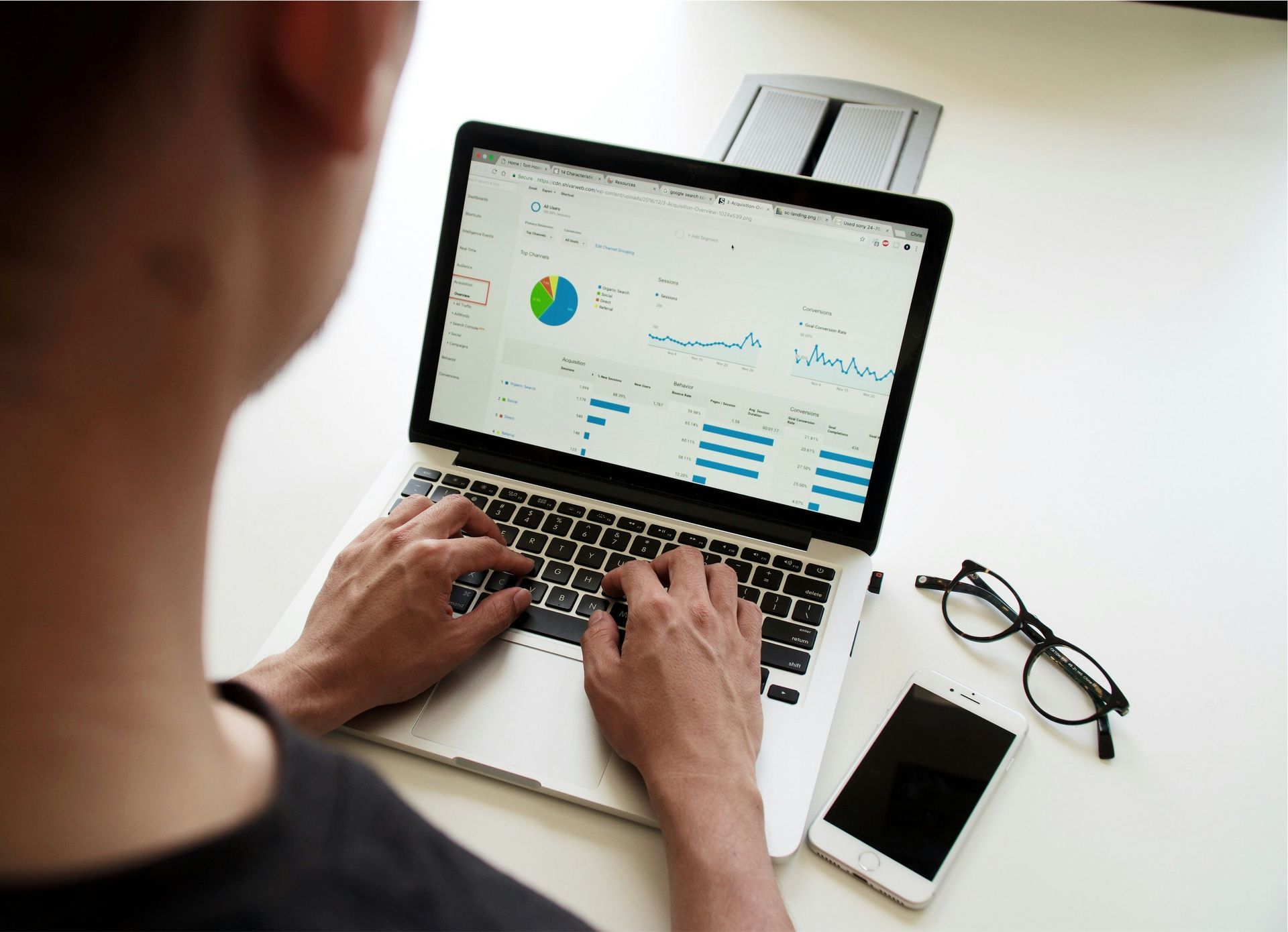What Is Visual Search and How to Optimize in Google with AI

In a world driven by technology and convenience, visual search is changing the way people interact with the internet. Imagine seeing a product, taking a photo, and instantly finding out where to buy it or get more information. Visual search enables this seamless experience, and search engines like Google, as well as platforms like Pinterest and Amazon, are embracing it. But what exactly is visual search, and how can businesses optimize for it using AI? This guide explores everything you need to know and offers practical strategies for optimization.
What Is Visual Search?
Visual search is a technology that allows users to search the internet using images rather than text. Instead of typing keywords into a search bar, users upload a photo or take a picture with their device, and the search engine identifies relevant information, products, or content based on that image.
For example, with Google Lens, you can snap a picture of a dress, and the search engine will show you similar products, prices, and where to buy them.
Key Platforms Utilizing Visual Search:
- Google Lens: A feature integrated with Google Search to recognize objects, landmarks, text, and more.
- Pinterest Lens: Allows users to find pins based on visual input.
- Amazon Visual Search: Helps customers find products quickly by taking a photo of an item.
- Bing Visual Search: Microsoft's tool for image-based searching.
Why Visual Search Matters for Businesses
Visual search is more than just a trend; it’s a transformative way of enhancing user experience and increasing engagement. With 62% of millennials preferring visual search over other search methods, businesses that embrace it gain a competitive edge.
Key Benefits of Visual Search:
- Increased User Engagement: Easier and faster for users to find what they want.
- Higher Conversion Rates: Shoppers using visual search are closer to making a purchase decision.
- Enhanced User Experience: Provides a seamless and intuitive search process.
- Competitive Advantage: Early adopters of visual search are better positioned to capture this growing audience.
Related Article: What Is Social Search? The Future of Online Searching
How AI Powers Visual Search
Artificial Intelligence (AI) and Machine Learning (ML) are the driving forces behind visual search. AI models use image recognition and deep learning to identify objects, patterns, and relationships within images. The more data the AI processes, the better it becomes at delivering accurate search results.
AI Components in Visual Search:
- Computer Vision: Enables AI to interpret images and understand the content within them.
- Deep Learning: AI networks learn from vast amounts of visual data to improve accuracy.
- Natural Language Processing (NLP): Links image data with relevant textual information to provide contextual search results.
How to Optimize for Visual Search with AI
Optimizing for visual search involves making your images discoverable and interpretable by search engines. Here are essential AI-driven strategies to ensure your visual content stands out:
1. Use High-Quality Images
- Why It Matters: Clear, high-resolution images improve recognition by AI and deliver better search results.
- Tip: Use professional-quality photos with good lighting and clear backgrounds.
2. Add Descriptive Alt Text
- Why It Matters: Alt text helps search engines understand the content of your images.
- Tip: Include relevant keywords, but keep descriptions concise and accurate.
Example:
For an image of a red dress:
“Red evening dress with floral pattern and V-neckline.”
3. Implement Structured Data (Schema Markup)
- Why It Matters: Schema markup provides search engines with more context about your images.
- Tip: Use Product Schema for e-commerce items or Recipe Schema for food-related content.
4. Optimize File Names
- Why It Matters: Descriptive file names make it easier for search engines to categorize your images.
- Tip: Instead of
IMG1234.jpg, usered-evening-dress-v-neck.jpg.
5. Leverage AI Tools for Image Recognition
- Why It Matters: AI-powered tools can analyze your images and suggest optimizations.
- Tip: Tools like Google Vision AI and Clarifai help you understand how search engines perceive your images.
6. Create Image Sitemaps
- Why It Matters: Image sitemaps help search engines find all the visual content on your website.
- Tip: Regularly update your sitemap and submit it to Google Search Console.
AI-Powered Tools for Visual Search Optimization
Several AI-driven tools can enhance your visual search optimization efforts:
- Google Lens: Understand how Google processes and matches images.
- Pinterest Trends: Discover what types of visuals are trending on Pinterest.
- TinEye: Identify where your images are appearing online.
- SEMrush: Analyze competitor visual content and discover opportunities.
Future Trends in Visual Search
As technology advances, visual search will continue to evolve. Here are some key trends to watch:
- Voice-Activated Visual Search: Combining voice commands with image searches for a seamless experience.
- Augmented Reality (AR) Integration: Using visual search within AR applications to overlay real-time information.
- E-commerce Growth: More online retailers integrating visual search to streamline shopping experiences.
Related Article: How to Use Social Search: Everything You Need to Know
How Marcom.eu Can Help You Succeed
Implementing visual search strategies can be complex, but you don’t have to do it alone. At Marcom.eu, we specialize in SEO, AI-driven marketing, and visual content optimization. Our experts can help you enhance your online presence and take full advantage of emerging trends like visual search.
Why Choose Marcom.eu:
- Free consultations and tailored strategies.
- Advanced AI tools to optimize your visual content.
- Proven track record of helping businesses achieve top search rankings.
Request a Free Quote or schedule a demo today to discover how we can elevate your digital marketing strategy.
Conclusion
Visual search is revolutionizing the way people discover content and products online. By leveraging AI and optimizing your images for visual search, you can attract more customers, enhance user experience, and stay ahead of the competition. Start implementing these strategies now, and let Marcom.eu guide you through the future of search.
ALL OUR OTHER NEWS:







